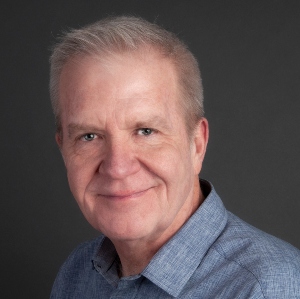
(By Buzz Knight) I have just had two unique opportunities to observe the radio landscape from multiple countries outside of the US.
In one case I did some project work for a respected broadcast consultant who used outside insights for his clients to spark internal conversation about innovation. The other case was my own experiences from a vacation that took me to the UK and to France.
Take these notes as observations that might hopefully spurn on your own internal conversations about innovation and product differentiation. Here are specific differences I noticed in these brands compared to US brands:
- Diverse Music Selection: European radio stations often have a more diverse selection of music than American stations, which tend to focus on a narrow range of genres.
- In-depth News Coverage: European radio stations have more in-depth news coverage than American stations, which tend to focus on soundbites and sensationalism. American broadcasters can learn from their European counterparts by providing more in-depth and thoughtful coverage of important news events.
- Local Programming: European radio stations often prioritize local programming, providing content that is specific to the region in which they broadcast. American broadcasters can learn from this by placing a greater emphasis on local programming and community engagement.
- Creative and Entertaining Segments: European radio stations are often known for their creative and entertaining segments, such as games, quizzes, and interactive discussions. American broadcasters might consider expanding their content creation to engage new audiences with different content creation.
- Commercial-Free Listening: Many European radio stations offer commercial-free listening experiences, which can be a major draw for listeners. The commercial conundrum is a well documented American radio problem.
- Pacing and Forward Momentum: By and large this is a big difference in product presentation with European brands based on presenter disciplines and quick, minimalist production values.
After I engaged with the previously mentioned project with my broadcast consultant friend and his clients (who I feel it is fair to keep anonymous for his and their competitive advantage), I noticed a different spirit and spark in curiosity and willingness to adapt to a changing media landscape.
They have emerged post pandemic less beaten down by budget cuts and resource depletion. They seem more ready to take on the challenges and become stronger entities. I hope a tidbit of these observations triggers something than can benefit your brand.
Buzz Knight can be reached by e-mail at [email protected]. Read Buzz’ Radio Ink archives here.






Most European stations that offer “commercial-free listening” are government owned. The taxpayers foot the bill to keep such stations on the air. Until a few decades ago, there were no privately owned commercial stations in the UK. Those English-language stations that did have commercials were pirate stations such as Radio Caroline that broadcast from ships off the British coast. The BBC (government owned) offered and still offers several networks with different formats. BBC3, for example, features serious drama and classical music.
Many European countries allow privately owned stations today and Buzz Knight’s observations apply to most of them. Italy has a lot of pirate stations whose programming sounds like American radio, but with less obsession with demographics. RAI is owned by the Italian government and is typical of European radio.